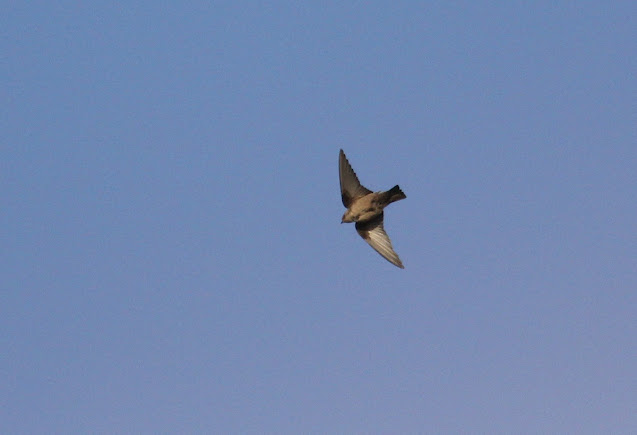The high winds and rain that seem to have arrived in a constant procession from the North Atlantic put Farmoor once again in the vanguard as yet another day of foul and gloomy weather crossed Oxfordshire.
Currently harbouring and providing temporary sanctuary to a Grey Phalarope that has been delighting one and all who have come to see it, Farmoor is now host to another Grey Phalarope that has joined the original bird, so there are two of these rare and delightful birds riding the surf along the edge of the wind ravaged reservoir. This is almost certainly a unique occurrence for Oxfordshire and not only local birders are coming to see them but many from much further afield are making the journey to enjoy the experience.
Farmoor was doing a very good impression of the North Atlantic today as high winds and rain squalls lashed its grey and sullen surface into a mass of rolling waves that made contact with the concrete apron in a succession of white frothy explosions.
The north side of Farmoor One reservoir
Note the green plastic balls cast up on the concrete apron
|
A stormy scene on Farmoor One
|
The wind and waves had driven inumerable feathers, some bizarre green plastic balls and assorted rubbish to the far northern wall of the smaller of the two reservoirs, gathering them into a constantly shifting raft of flotsam and it was here the two phalaropes chose to feed, almost frenetically, amongst the tossing water, froth, occasional dead fish, green plastic balls and feather quills.
At times one or other of the phalaropes would be completely submerged by a larger wave but after disappearing under the water would emerge unscathed, like a submersed cork being released and springing to the surface, and just carried on with its non stop feeding. Occasionally they saw the wave coming and would rise in brief flight above it, showing long white wing bars, and then settle on the calmer water behind.
Completely in their element and untroubled by the constant movement of the roiling waters this must have been child's play to what they would no doubt expect to encounter far out to sea in their normal habitat.
I speculated on how they found each other but I think the answer is simple. The disturbed water at the exposed northern edge of the reservoir must be bringing countless food items to the surface, much more so than would be the case in calmer water in the lee of the wind and so the phalaropes not un-naturally sought out this place as it presented the best feeding opportunities. By happy coincidence as they individually and instinctively found the best location to feed so they came into association.























































